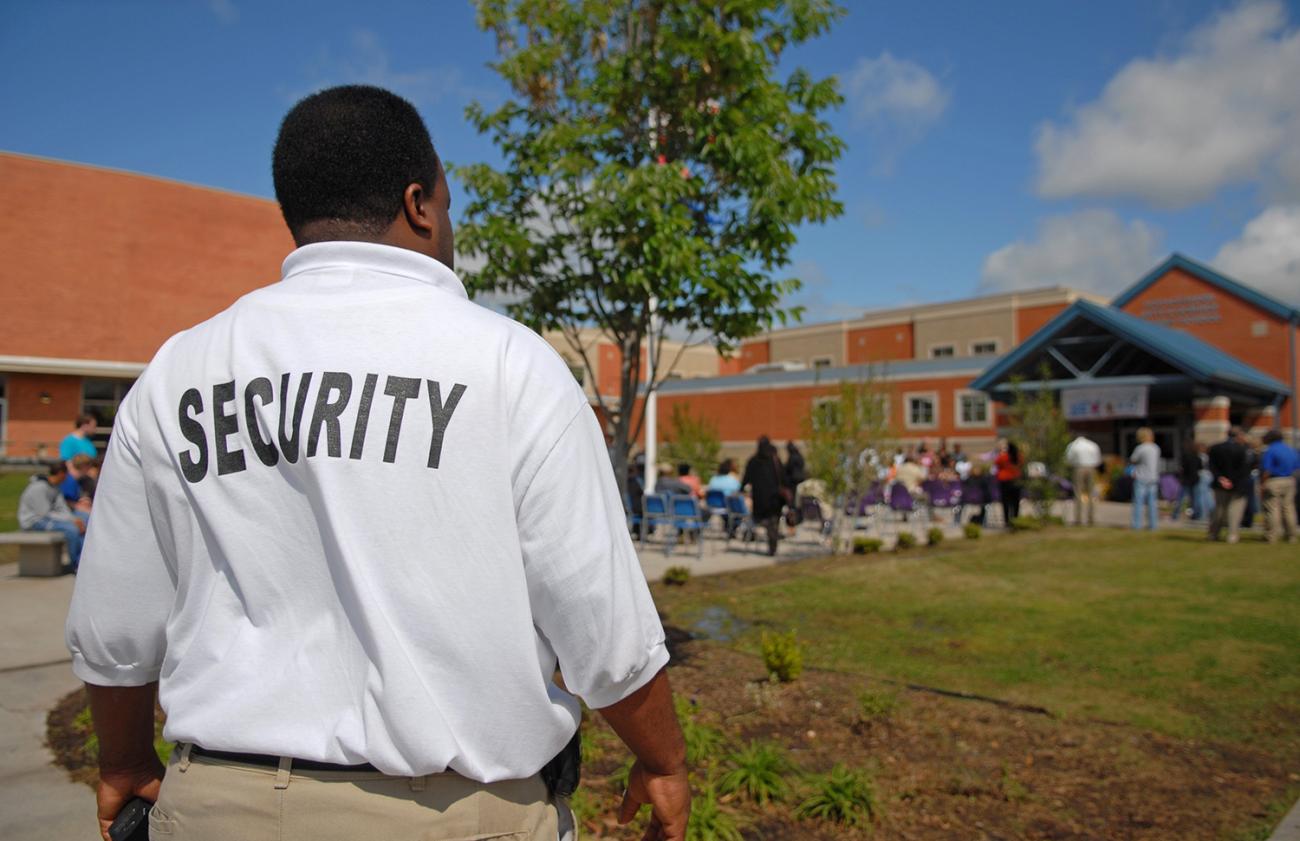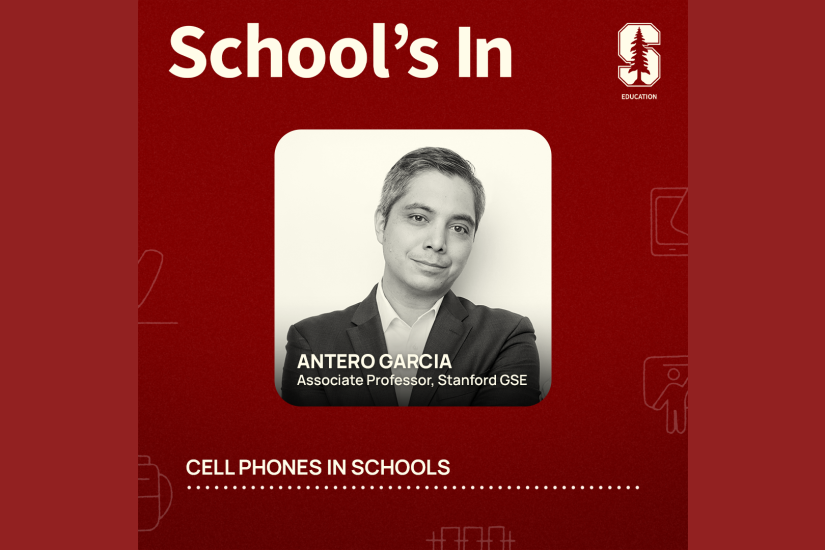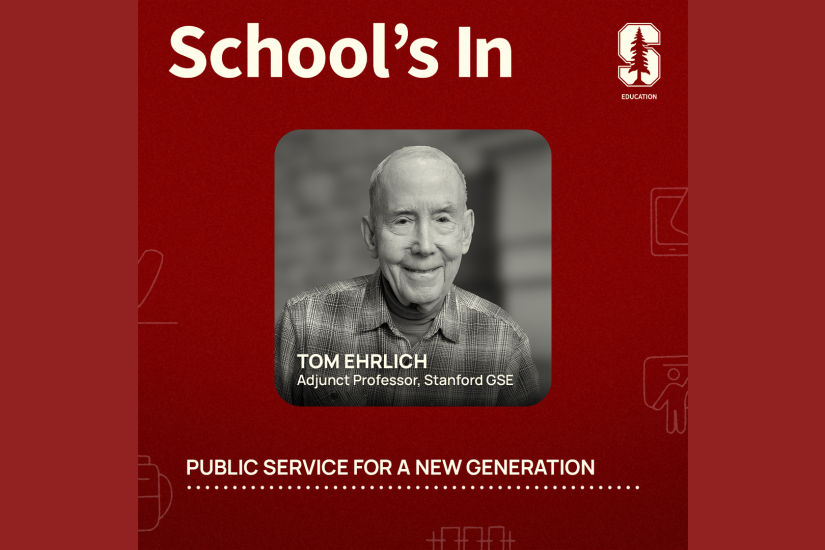
Recent school shootings have intensified calls for action to curb gun violence and prompted educators and policymakers to consider increased safety measures on campuses. How education research can inform these debates is the subject of teach-in organized by UP@GSE, a new office within the Stanford Graduate School of Education focused on undergraduate students and programs.
We spoke with Jennifer Wolf, who directs UP@GSE and is a senior lecturer at the school, ahead of the April 20 event.
What is the state of research on gun violence in schools?
There are regulations—federally and at the state level—that limit the kind of data collected on gun violence and restrict funding for this type of research. That makes it difficult for researchers looking into these issues, and it’s left gaps in the kind of information we’ve been able to provide.
At the same time, there are researchers working on these issues who are trying to fill the gaps—they’re calling for and designing research studies, collecting data and exploring the best ways to share their findings. After the Columbine shooting, for example, sociologist Katherine Newman published Rampage, an extensive mixed-methods study looking at the social roots of school shootings. John Donohue, a law professor here at Stanford, coauthored an analysis of the recent research and causes of gun violence that was published in the journal Science last year. But as a recent report by RAND showed, the dearth of good research into this area has left policymakers without good evidence for decision-making.
What perspective can education researchers bring to these issues that’s unique from other areas of scholarship?
Education researchers already study how schools work, how teachers are prepared and what factors promote good learning outcomes. We have partnerships with schools and know how to collect data in school environments. We also have a strong interdisciplinary focus across the field of education, studying education issues from all perspectives: social, legal, behavioral, historical and environmental.
Where do you see gaps that education researchers can fill?
Even with restrictions on data collection and funding, there are possibilities for study. There’s demographic research to be done on this topic to document what’s happening, where it’s happening, in what numbers and the kinds of schools that have been affected. There are also research possibilities in comparing other kinds of mass shootings with school shootings—we can extrapolate lessons from other contexts to the school setting.
Aside from identifying ways to prevent school shootings, we can also study the best ways to respond to them. What does improved safety look like at a school? What are the best ways for teachers to teach this topic? How can we best prepare and support teachers in the school environment?
We can also look at mental health and adolescent development, including socio-emotional education, school discipline and climate, and school-based health and mental health care. We know a lot already about preventing bullying and improving school climate; applying that to a gun violence context would be a next step.
Why did you want to organize this teach-in?
We’re educating the next generation of scholars, and this is one of the most pressing issues of their time. The teach-in is about having a conversation about what universities can contribute to a problem confronting society. It’s our responsibility to ensure that our students understand the landscape, the limitations and the opportunities in their areas of scholarship. Research has the power to pull us away from emotionally reactive, in-the-moment political decisions and lead us toward what’s best for young people in this country.



